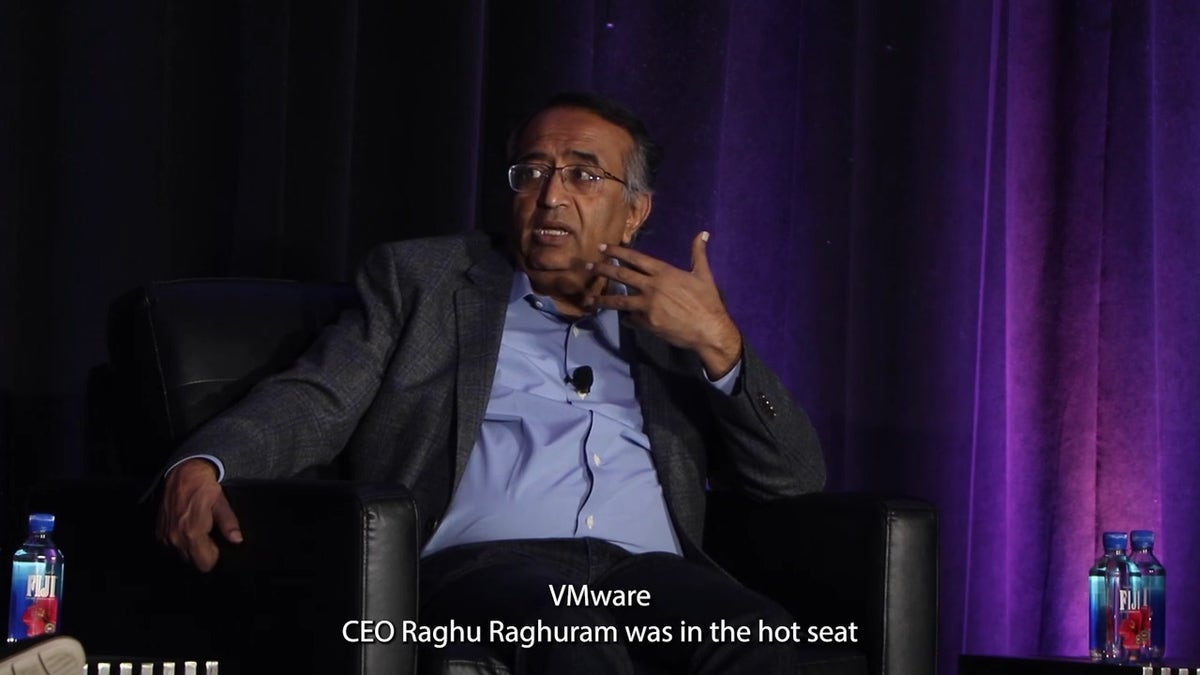The Reach Of Trump's Campus Crackdown: A Wider Look At Its Effects

Table of Contents
Impact on Free Speech and Academic Freedom
The Trump administration's actions fostered a chilling effect on open dialogue and debate on college campuses. Many felt that policies, whether explicitly targeting specific viewpoints or implicitly creating an atmosphere of fear, stifled open discourse and academic freedom.
-
Chilling Effect on Open Dialogue: Several policies contributed to this chilling effect. For instance, proposed restrictions on federal funding for universities perceived as harboring anti-American sentiments created an environment of self-censorship. Similarly, the highly publicized targeting of specific speakers invited to universities prompted some institutions to reconsider hosting potentially controversial figures, limiting the breadth of viewpoints presented to students. Anecdotal evidence from university administrators suggests a noticeable shift in how controversial topics are handled, with some prioritizing caution over open debate. Experts argue this created a self-censorship environment that undermined the very principles of academic freedom.
-
Changes to University Policies: In response to these pressures, many universities preemptively adjusted their policies regarding free speech and speaker invitations. Some broadened their already existing speech codes, leading to legal challenges from student groups and organizations advocating for civil liberties. Internal debates raged within universities, pitting the desire to maintain a welcoming and inclusive environment against the commitment to academic freedom and open discourse. The fear of potential legal repercussions or loss of funding heavily influenced these institutional responses to perceived political pressures.
Financial Implications for Higher Education
Beyond the impact on free speech, Trump's policies had significant financial repercussions for higher education. Funding cuts and restrictions on specific programs dramatically altered the financial landscape of many universities.
-
Funding Cuts and Restrictions: Proposed cuts to federal research grants and funding for specific programs directly impacted universities' ability to conduct vital research and offer crucial services. This resulted in reduced faculty positions, program cancellations, and ultimately, a decrease in the quality of education offered. The effects of these cuts were particularly pronounced in institutions that heavily rely on federal funding. Data analysis revealed a significant correlation between policy changes and reduced university budgets, impacting both research output and student services.
-
Impact on Student Aid and Affordability: The administration's policies also affected student financial aid, potentially creating barriers to access for lower-income students. Changes to federal student loan programs, along with discussions of tuition deregulation, increased the overall cost of college and reduced accessibility for many aspiring students. This further exacerbated the existing problem of college affordability and the ever-increasing student debt burden. As a result, access to higher education diminished, particularly for students from marginalized communities.
The Broader Political and Social Context
Trump’s campus policies contributed significantly to the already existing political polarization within universities and the nation as a whole.
-
Polarization and Political Discourse: The focus on politically charged issues within universities fueled existing tensions and increased political polarization on campuses. Student activism, often a vital part of campus life, was channeled into responses to these policies, creating a highly charged environment. This polarization extended beyond campus boundaries, contributing to the broader national political discourse and reinforcing existing divisions.
-
Long-Term Consequences for Higher Education: The long-term effects of "Trump's Campus Crackdown" remain to be fully understood. However, there are growing concerns about lasting damage to academic freedom and the potential for continued political interference in higher education. The experience may leave a lasting impact on future generations of students, potentially fostering a more cautious and self-censored academic environment. The legacy of these policies will continue to shape the conversation on higher education reform for years to come.
Conclusion
Trump's Campus Crackdown had a multifaceted impact, significantly affecting free speech, academic freedom, university finances, and the broader political landscape. The chilling effect on open dialogue, financial constraints on institutions, and the intensification of political polarization on campuses are all consequences that continue to shape higher education. Understanding the long-term effects of Trump's campus crackdown is crucial for safeguarding academic freedom and ensuring a vibrant future for higher education. Continue exploring this vital issue by researching further into related legislation and institutional responses to fully grasp the lasting implications of this period.

Featured Posts
-
 Florida Keys Highway A Drive From Railroad To Ocean
Apr 28, 2025
Florida Keys Highway A Drive From Railroad To Ocean
Apr 28, 2025 -
 New Partnership Announced For Bubba Wallace And 23 Xi Racing
Apr 28, 2025
New Partnership Announced For Bubba Wallace And 23 Xi Racing
Apr 28, 2025 -
 V Mware Costs To Skyrocket At And T Reports 1050 Price Hike From Broadcom
Apr 28, 2025
V Mware Costs To Skyrocket At And T Reports 1050 Price Hike From Broadcom
Apr 28, 2025 -
 Mntda Abwzby Llabtkar Fy Mjal Tb Alhyat Alshyt Almdydt Tqnyat Tbyt Mtqdmt
Apr 28, 2025
Mntda Abwzby Llabtkar Fy Mjal Tb Alhyat Alshyt Almdydt Tqnyat Tbyt Mtqdmt
Apr 28, 2025 -
 Alnskht Althanyt Waleshrwn Mn Mhrjan Abwzby Hdth Mwsyqy Astthnayy
Apr 28, 2025
Alnskht Althanyt Waleshrwn Mn Mhrjan Abwzby Hdth Mwsyqy Astthnayy
Apr 28, 2025
